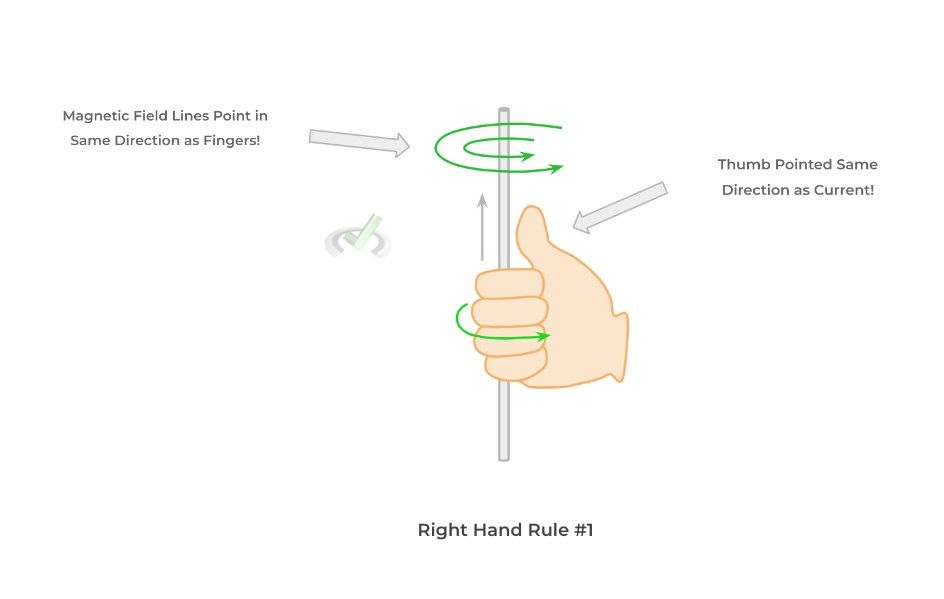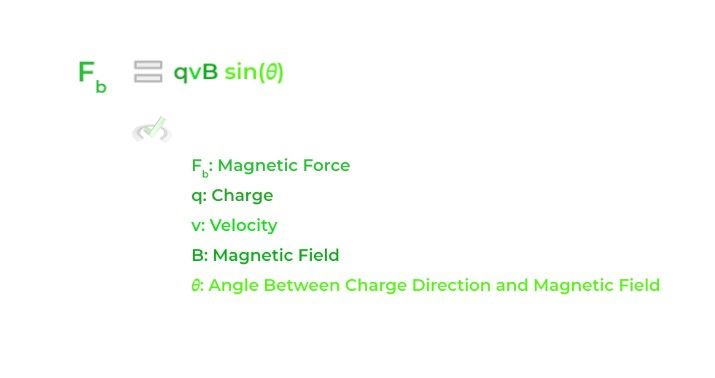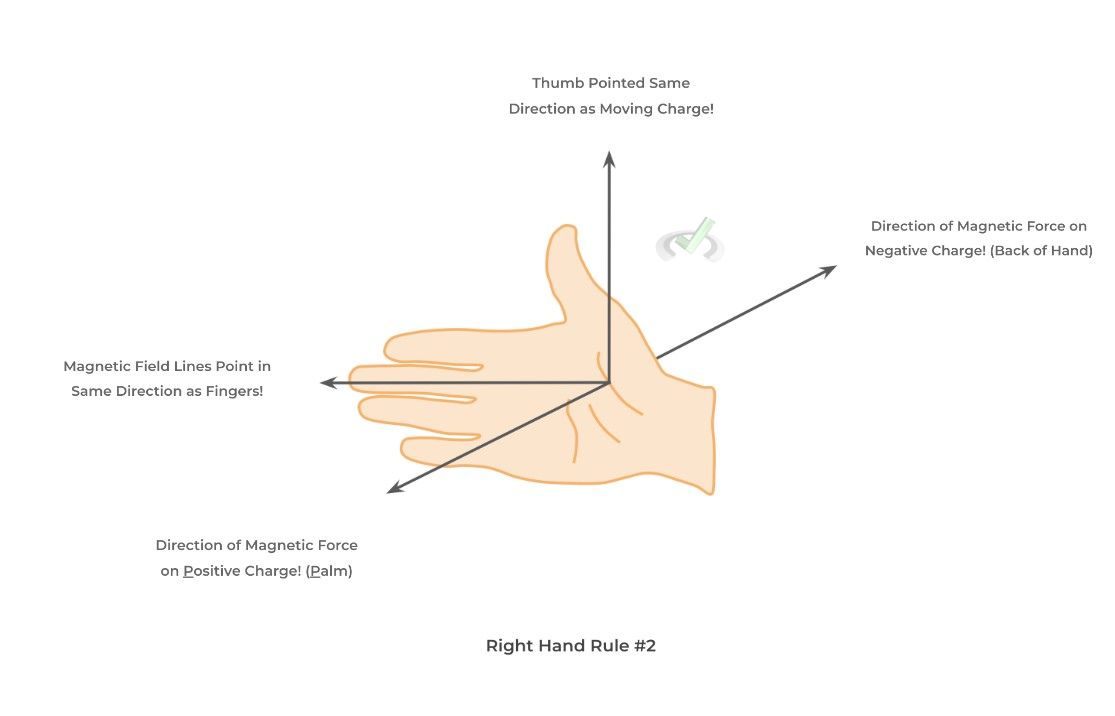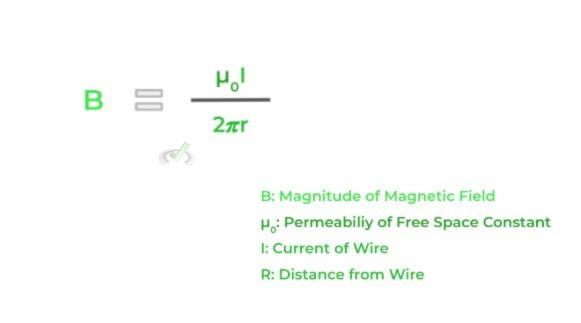Probably kicking it back to our elementary science classes, we’ve all more or less been exposed to magnets in one way or another! Though the MCAT might test you on more complex magnetism questions, we’ll make sure to cover and explain it as simply as possible!
The great thing about studying magnetism within the MCAT is that a lot of the topics have great overlap with studying electrostatics. When studying these topics, try to keep in mind the bridges and connections you can make!
After finishing this chapter overview, you’ll hopefully be more comfortable with some of the basic principles of magnetism!
Magnetism on the MCAT: What You Need to Know
Topics on magnetism will be tested on the Chem/Phys section of the MCAT and can appear both as passage based and fundamental discrete questions.
Luckily, you won’t have to expect many questions covering magnetism to appear on the MCAT as we’ve calculated that between 1-3 can appear on average!
Introductory physics accounts for 25% of the content covered in the Chemical and Physical Foundations of Biological Systems.
Important Sub-Topics: Magnetism
Similar to other physics topics, sometimes it’s hard to conceptualize all the fine details which is why we find it beneficial to add as many visual aids as possible! This is especially true when dealing with more abstract concepts that we don’t necessarily “see” in our daily life.
You’ll also see a good amount of right hand rule implementation here in this section! If you can, try and brush up on it a little bit to help with the content covered here!
1. Magnetic Fields
Starting with the basics, imagine a charged particle whether it's a proton, electron, or ion. When that charge begins to move, a magnetic field can be created! Usually, the MCAT will test you on how magnetic fields are generated via a current where there is a movement of multiple charges through a conductive material!
Here, we’ll introduce our first right hand rule for magnetism which helps to determine the direction of the magnetic field in a current. The magnetic field generated by a current will emerge as concentric circles, kinda like the rings of a tree!
To find the direction of the magnetic field generated by a current through a wire, point your thumb in the direction of the current. Then, curl your fingers like you’re grasping a rod: the direction your fingers curl is the direction of the magnetic field. Remember that the magnetic field lines are structured as concentric circles!
From a current flowing through a wire, we can calculate the magnitude of the generated magnetic field from any distance r, via the equation shown below!
Don’t worry about all the other variables and memorizing the constants. For now, just note the inverse relationship between the magnetic field’s magnitude and the distance away from the wire.
In more simple terms, the closer a point is to the wire, the stronger the magnitude of the magnetic field and vice versa.
Full Study Notes : Magnetic Fields
For more in-depth content review on magnetic fields, check out these detailed lesson notes created by top MCAT scorers.
2. Magnetic Forces
When a charge moves through a magnetic field, they also experience an applied magnetic force! This is important as this magnetic force can cause the deflection of a charged particle depending on its charge.
When trying to find the magnetic force exerted on a moving charge, you can use the following equation below:

Again, don’t worry too much about the variables in the equation. However, note that because the magnetic force is a function of the sin, a moving charge will not experience a magnetic force if it is running parallel or antiparallel to the magnetic field.
This would be an angle of 0˚or 180˚degrees, which when plugged into sin(𝜃), will give a value of 0.
Our second right hand rule allows us to find the direction of the magnetic force that a charge experiences! First, use your thumb again to point in the direction of the moving charge. Then, use your fingers to point in the direction of the magnetic field.
Determine now whether the charge is positive or negative: if the charge is positive, the magnetic force will point in the direction of your palm. If the charge is negative, the magnetic force will point in the direction of the back of your hand. This takes a little bit to get used to orienting your hand, but you’ll get more comfortable!

Full Study Notes : Magnetic Forces on Moving Charges
For more in-depth content review of how magnetic forces can affect charges and currents, check out these detailed lesson notes created by top MCAT scorers.
Important Definitions and Key Terms
Below are some high yield definitions and key terms to refer to when reviewing concepts and ideas about magnetism!
Term | Definition |
|---|---|
Magnetic Field | Field generated by the movement of a single (or multiple) moving charge. |
Magnetic Force | Force applied on a moving charge that originates from an external magnetic field; Its direction will be perpendicular to the direction of the magnetic field |
Additional FAQs - Units and Dimensional Analysis on the MCAT
Is Magnetism on the MCAT?
What are the 2 Right Hand Rules – MCAT?
Is Electromagnetism on the MCAT?
What are the 6 Types of Magnetism – MCAT?
Additional Reading Links – Study Notes for Magnetism on the MCAT
Additional Reading: Physics Topics on the MCAT:
- Circuits on the MCAT
- Electrostatics on the MCAT
- Fluids on the MCAT
- Kinematics on the MCAT
- Light and Optics on the MCAT
- Atomic and Nuclear Phenomena on the MCAT
- Thermodynamics on the MCAT
- Units and Dimensional Analysis on the MCAT
- Waves and Sound on the MCAT
- Work and Energy on the MCAT








 To help you achieve your goal MCAT score, we take turns hosting these
To help you achieve your goal MCAT score, we take turns hosting these 





















 reviews on TrustPilot
reviews on TrustPilot